The Saber-Toothed Cat That Sparked Dragon Legends
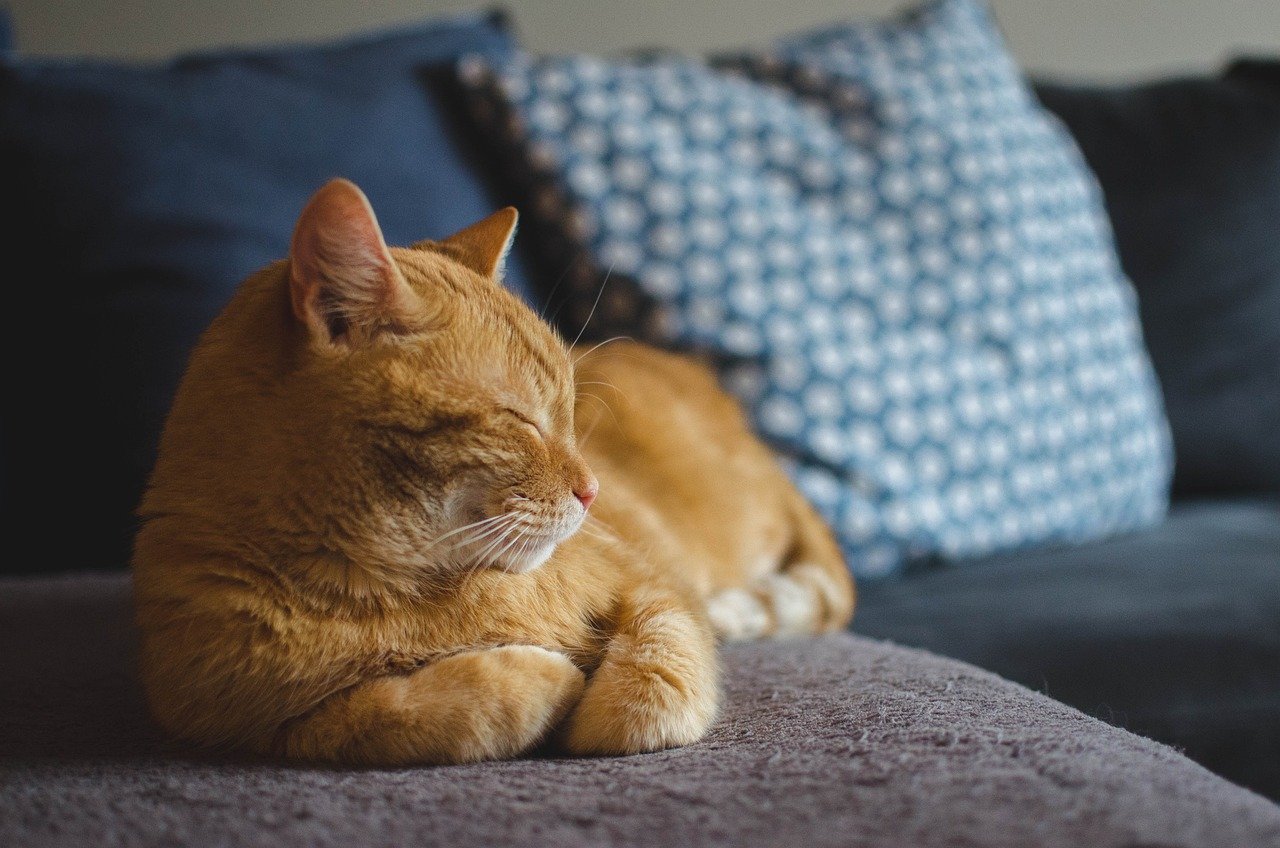
Picture this: ancient humans stumbling upon massive skulls with teeth longer than kitchen knives. The Smilodon, or saber-toothed cat, roamed the Americas until about 10,000 years ago, and its terrifying canine teeth could grow up to seven inches long.
These prehistoric predators likely inspired early dragon myths across cultures. When ancient peoples discovered fossilized remains, they probably imagined fire-breathing monsters rather than realizing they were looking at evidence of Earth’s most fearsome feline hunters.
Cave Lions: The Real Kings of Ancient Beasts
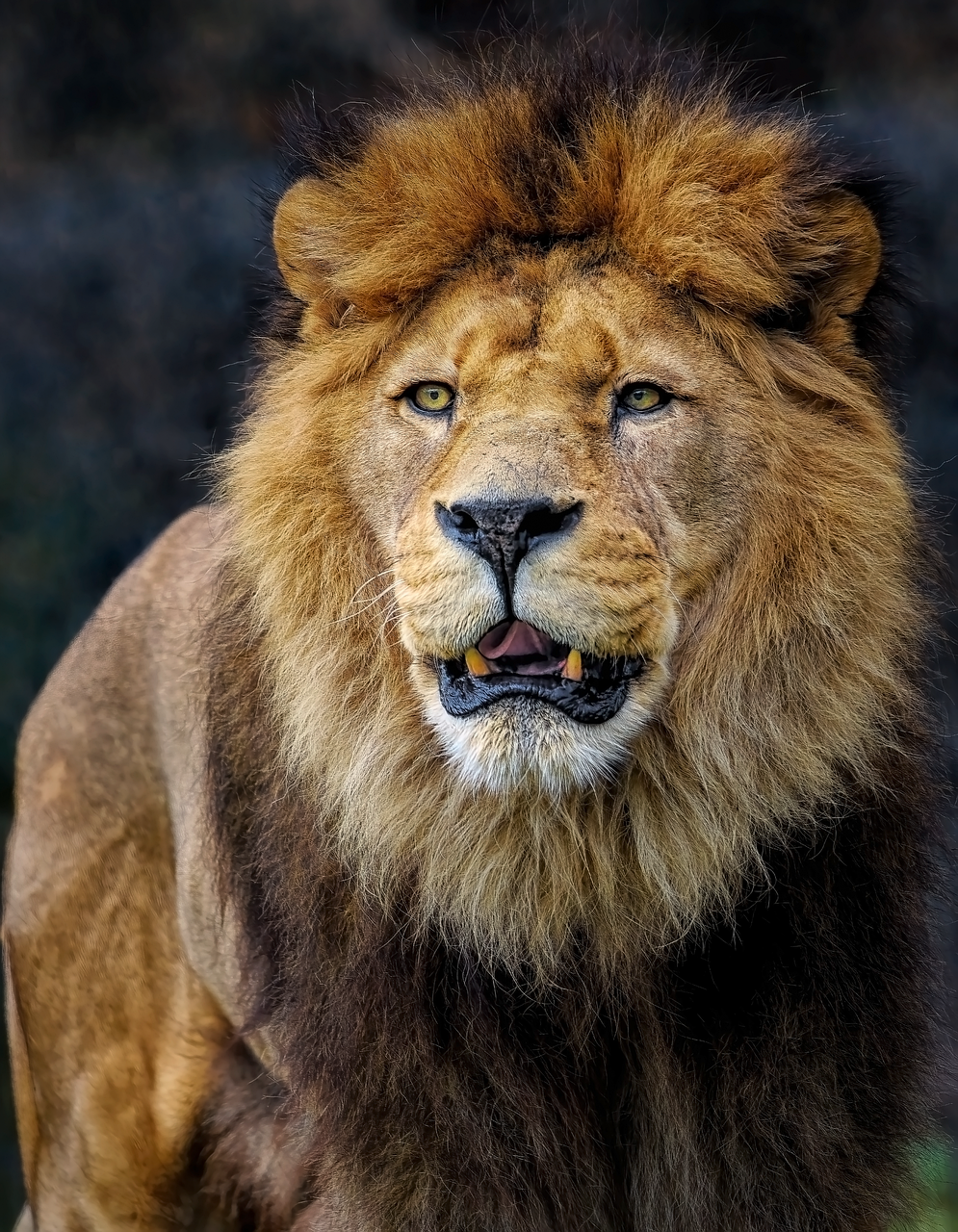
The European cave lion wasn’t just big – it was absolutely massive, weighing up to 700 pounds and standing nearly four feet tall at the shoulder. These magnificent cats dominated Ice Age Europe and Asia, inspiring countless stories of supernatural feline guardians.
Cave paintings from 30,000 years ago show humans lived alongside these giants, and their imposing presence likely gave birth to legends of mystical lion spirits. Think of them as the original inspiration for sphinx-like creatures that guarded ancient temples and tombs.
The American Lion That Dwarfed Modern Big Cats
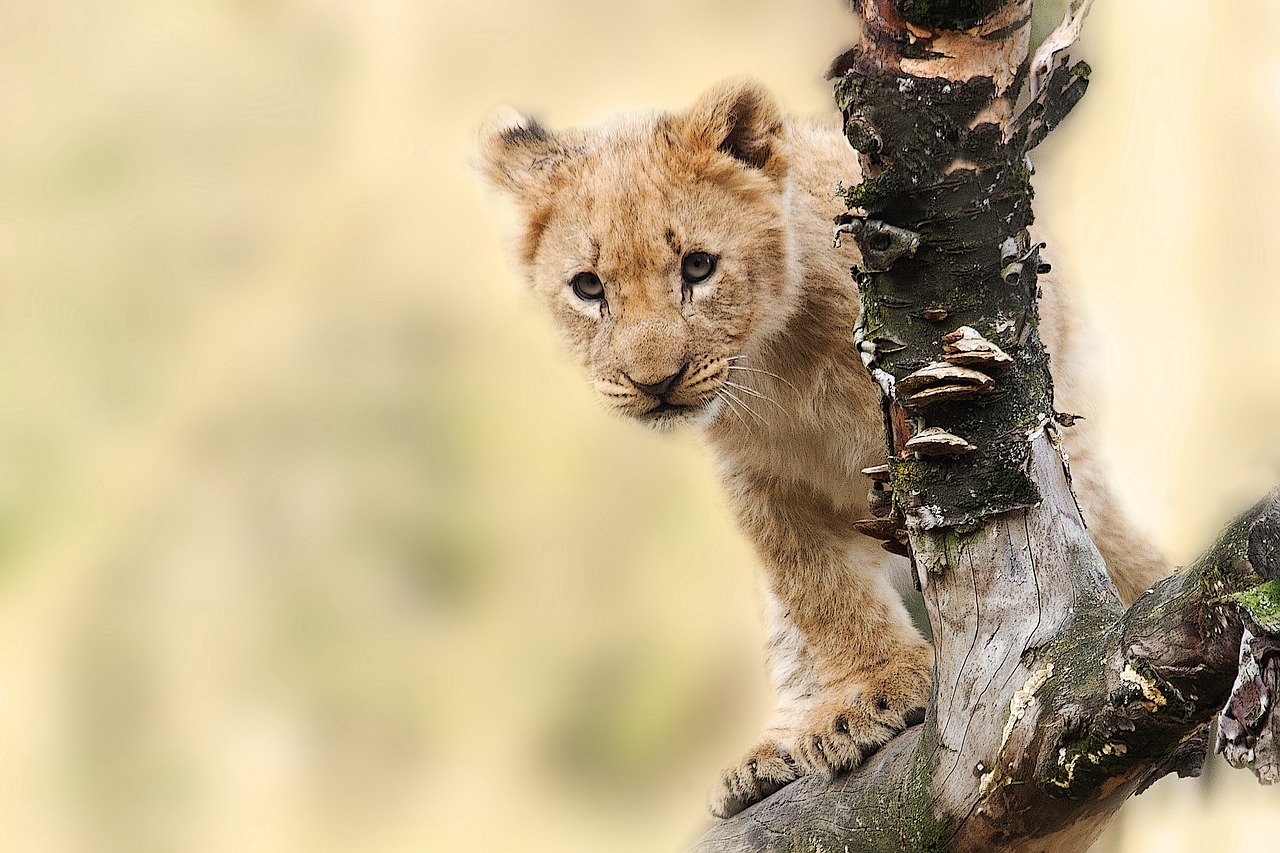
Panthera leo atrox, the American lion, was roughly 25% larger than today’s African lions and prowled North America during the Pleistocene epoch. These colossal cats stood over three feet tall and could weigh more than 900 pounds – imagine encountering one of those on a casual stroll.
Indigenous American cultures likely passed down stories of these enormous felines through oral traditions, eventually morphing into tales of supernatural cat-like beings. The sheer size of these predators would have made them seem almost mythical to early humans.
Giant Cheetahs: The Speed Demons of Prehistory

The American cheetah wasn’t technically a cheetah at all, but this lightning-fast predator could reach speeds that would make modern sports cars jealous. These cats evolved alongside pronghorn antelopes, creating an evolutionary arms race that pushed both species to incredible speeds.
Early Native American legends often featured swift, cat-like spirits that could outrun the wind itself. The memory of these blazing-fast hunters likely inspired stories of supernatural felines that could appear and disappear in the blink of an eye.
The Scimitar Cat’s Blade-Like Legacy

Homotherium, known as the scimitar cat, possessed curved, serrated teeth that worked like natural daggers. These highly social hunters lived in groups and may have even taken down mammoth calves – talk about ambitious dinner plans.
The discovery of scimitar cat fossils alongside human remains suggests our ancestors knew these formidable predators well. Their unique dental weaponry and pack-hunting behavior likely inspired myths of supernatural cats with magical cutting powers and otherworldly intelligence.
Dinofelis: The False Saber-Tooth That Terrorized Africa
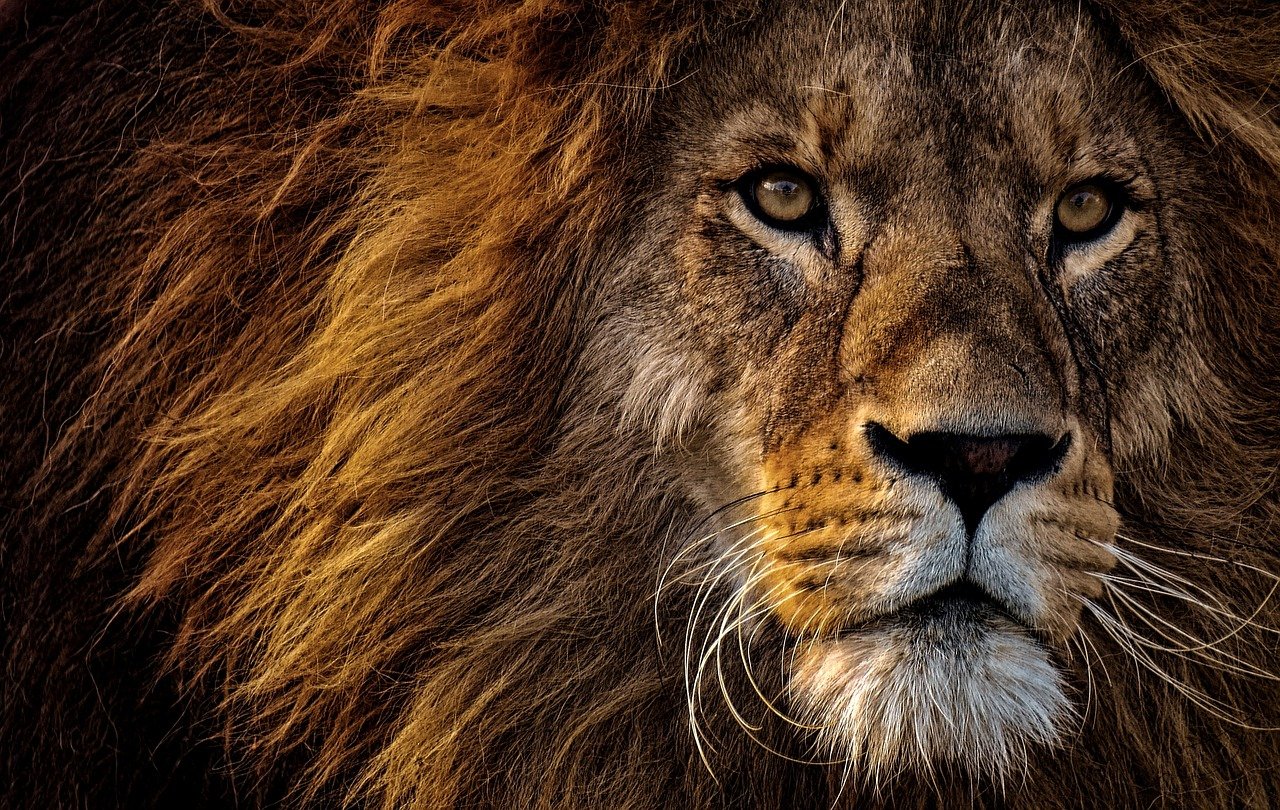
Often called the “false saber-tooth,” Dinofelis was actually perfectly adapted for hunting early hominids in Africa. These cats had powerful forelimbs and could easily drag prey up trees, making them the stuff of nightmares for our ancient ancestors.
African folklore is rich with stories of shape-shifting cats and supernatural feline guardians. The very real threat posed by Dinofelis likely provided the foundation for these enduring myths, as surviving humans passed down cautionary tales about the tree-climbing death machines.
The Eurasian Cave Lion’s Mystical Presence
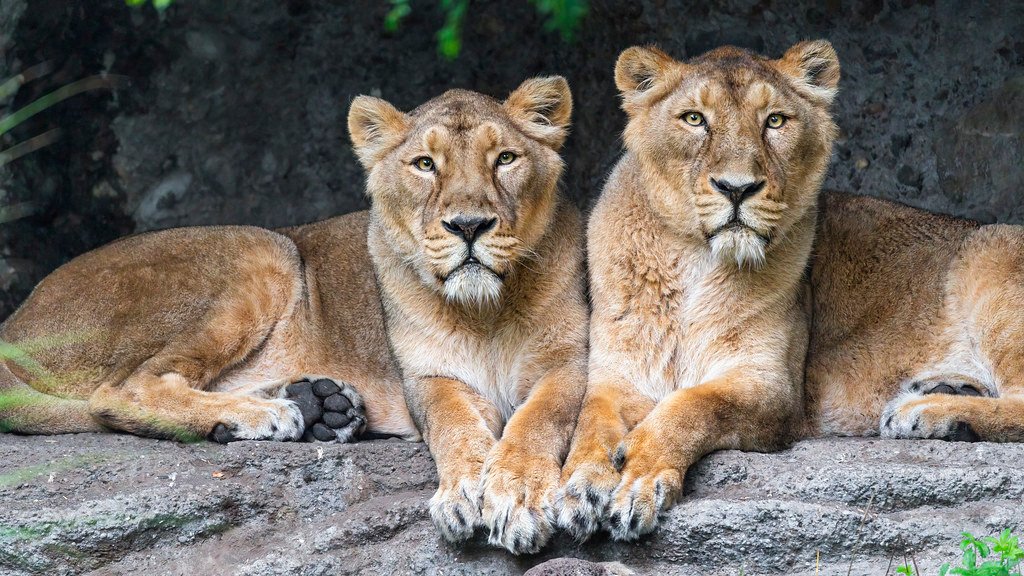
Panthera leo spelaea ruled the caves and steppes of Ice Age Eurasia, and its distinctive mane-less appearance set it apart from modern lions. These cats were frequent subjects in prehistoric art, appearing in cave paintings across Europe with remarkable consistency.
The cave lion’s prominent role in ancient art suggests it held special significance for early humans. Its mysterious, mane-less appearance and association with sacred cave spaces likely contributed to myths of supernatural feline guardians protecting the underworld.
Miracinonyx: The Puma That Thought It Was a Cheetah

This North American cat evolved cheetah-like features independently, developing a lean build and long legs perfect for high-speed pursuits. Miracinonyx represents one of nature’s most fascinating examples of convergent evolution – two completely different cats developing similar hunting strategies.
Native American legends often feature swift, mysterious cats that could run faster than any earthly creature. The memory of Miracinonyx’s incredible speed likely inspired stories of supernatural felines that could race between the physical and spirit worlds.
The Jaguar’s Ancient Shapeshifting Ancestors
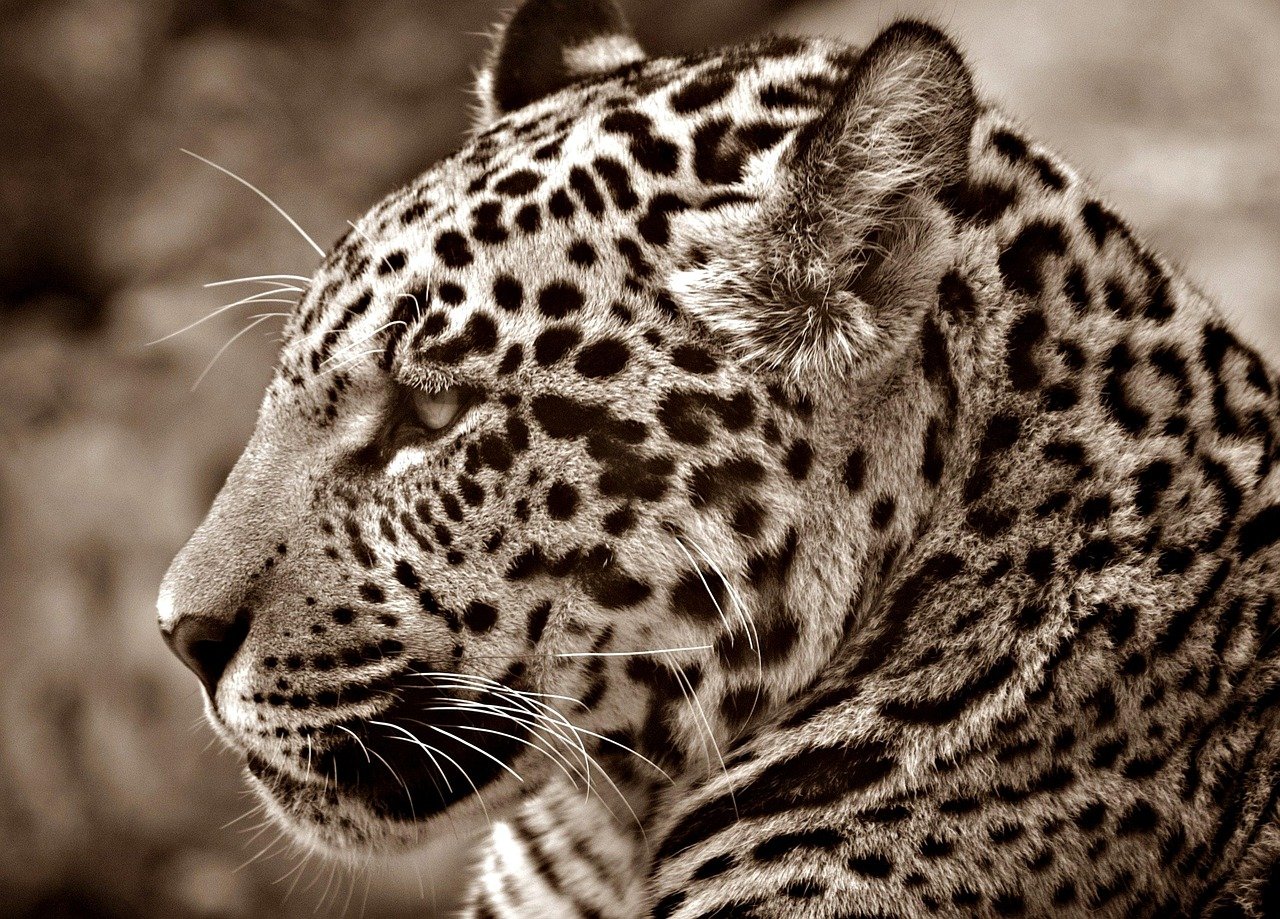
Modern jaguars are impressive, but their prehistoric relatives were absolute units. The giant jaguar, Panthera onca augusta, was significantly larger than today’s jaguars and shared territory with early humans throughout the Americas.
Mesoamerican cultures developed elaborate mythologies around jaguar-human transformation, and these beliefs likely stem from encounters with these massive prehistoric cats. The jaguar’s powerful presence and mysterious nocturnal behavior made it a natural choice for shapeshifting legends and supernatural guardian myths.
Machairodus: The Original Saber-Toothed Nightmare

Before Smilodon stole the spotlight, Machairodus was the original saber-toothed terror, stalking prey across Africa, Europe, and Asia millions of years ago. These cats had the perfect combination of size, speed, and those signature curved canine teeth that could puncture even the thickest hide.
The widespread distribution of Machairodus fossils suggests these cats influenced mythological traditions across multiple continents. Their fearsome appearance and deadly efficiency likely inspired the first stories of supernatural feline demons and otherworldly predators that haunted human imagination for millennia.
Conclusion: When Reality Exceeds Fantasy
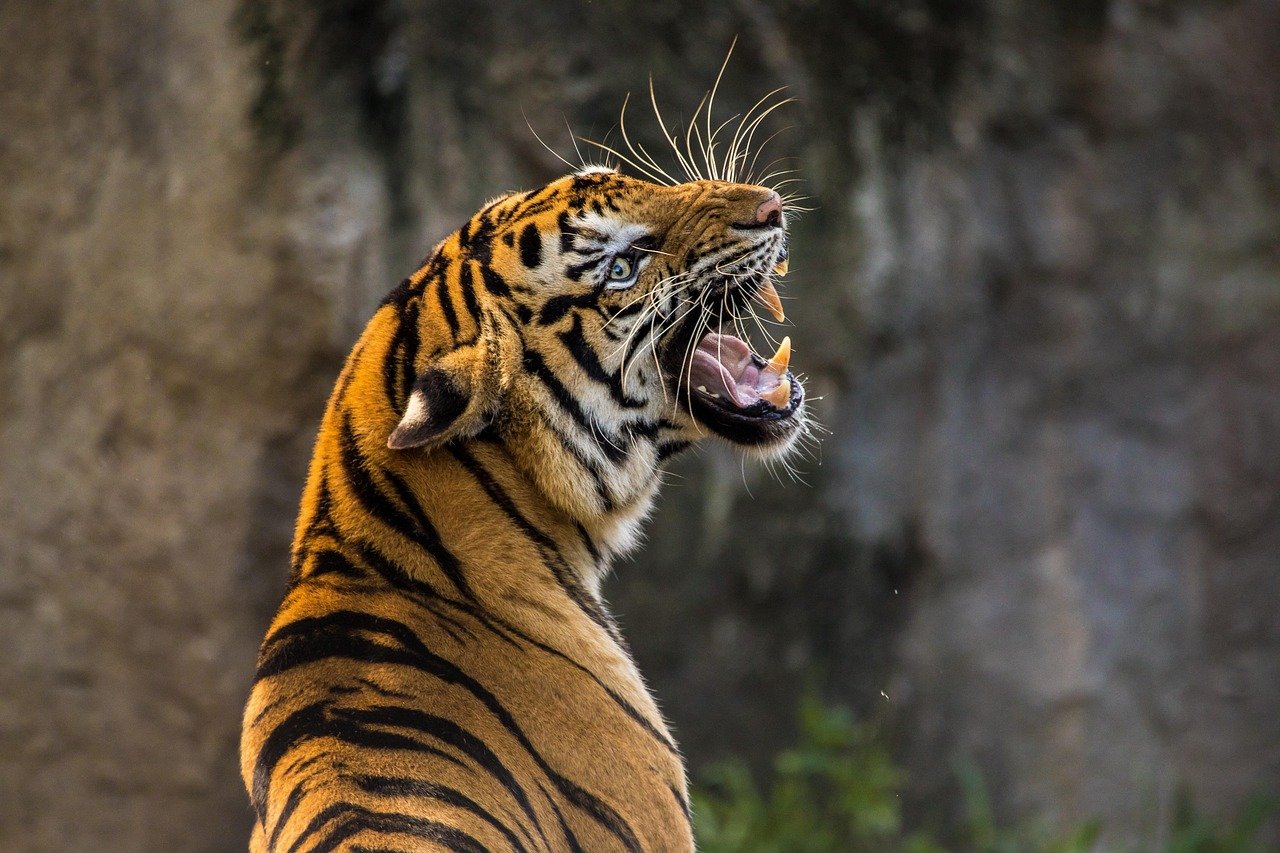
These ancient cats were far more terrifying and magnificent than any mythological beast our ancestors could have imagined. Yet somehow, the stories they inspired – dragons, sphinx guardians, shapeshifting spirits – captured something essential about these remarkable predators.
The next time you hear an ancient legend about supernatural cats, remember that our ancestors were drawing from very real encounters with some of the most formidable predators ever to walk the Earth. Which of these prehistoric felines would you least want to meet in a dark alley?
Hi, I’m Bola, a passionate writer and creative strategist with a knack for crafting compelling content that educates, inspires, and connects. Over the years, I’ve honed my skills across various writing fields, including content creation, copywriting, online course development, and video scriptwriting.
When I’m not at my desk, you’ll find me exploring new ideas, reading books, or brainstorming creative ways to solve challenges. I believe that words have the power to transform, and I’m here to help you leverage that power for success.
Thanks for stopping by, Keep coming to this website to checkout new articles form me. You’d always love it!






